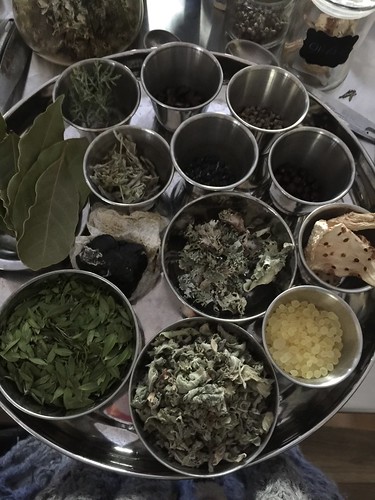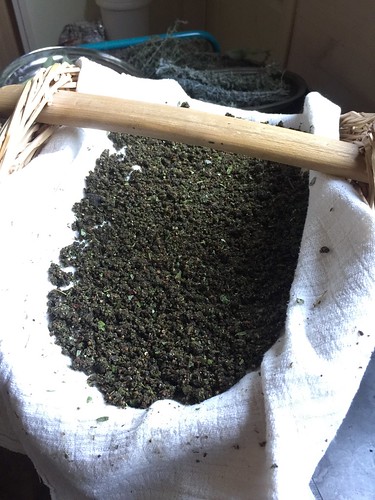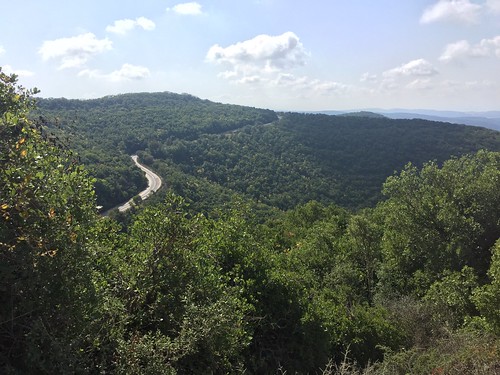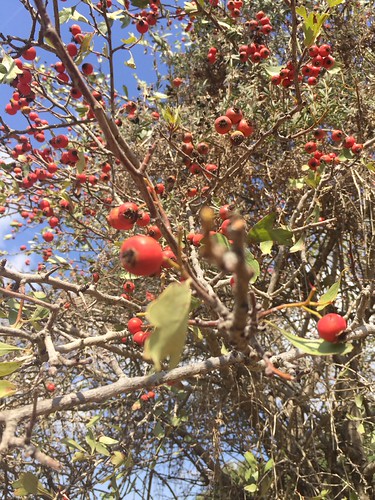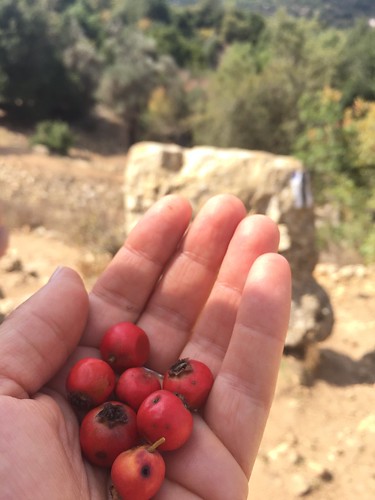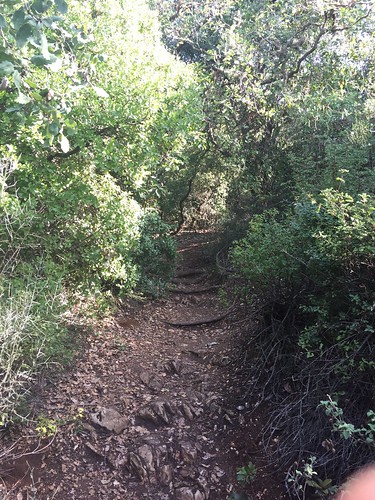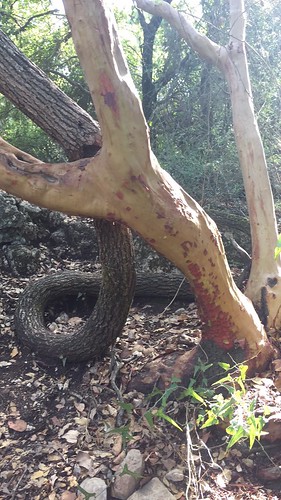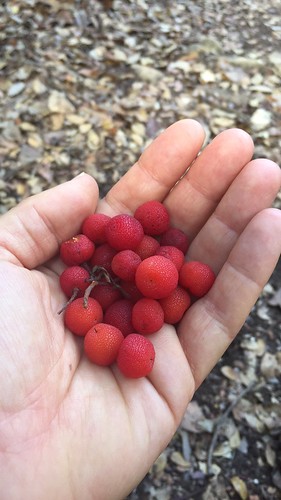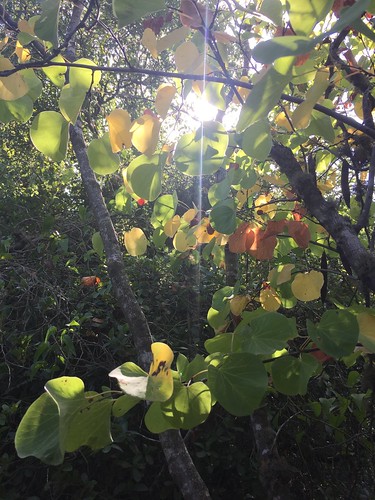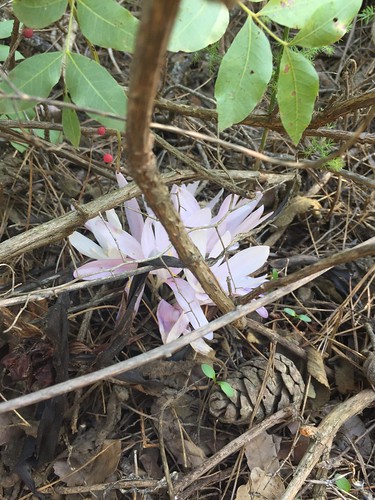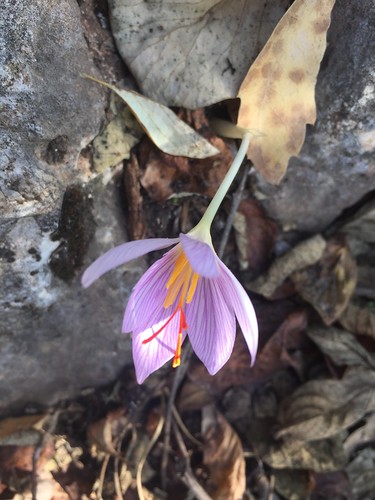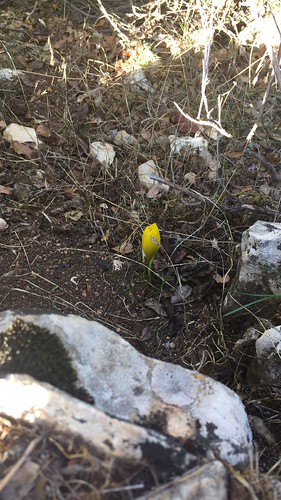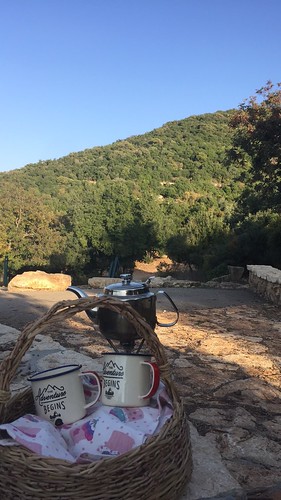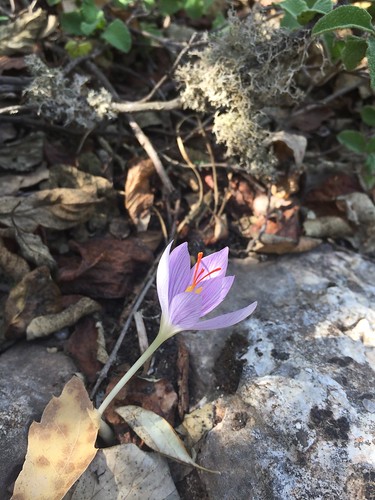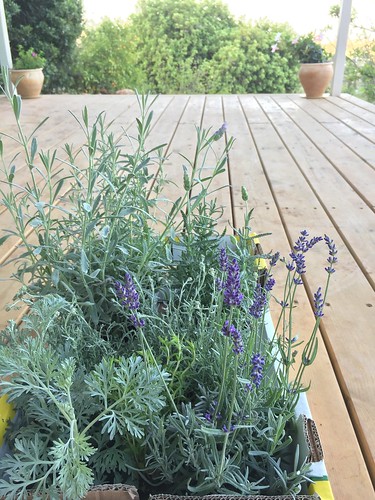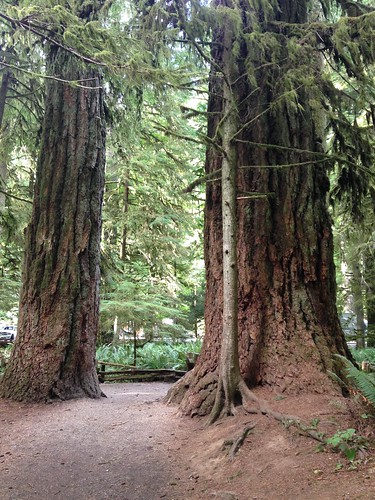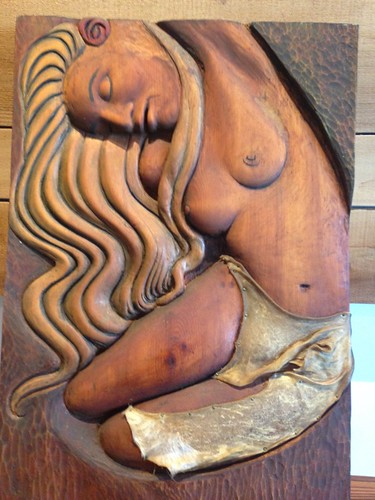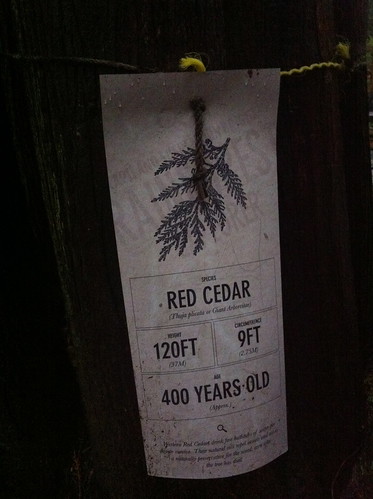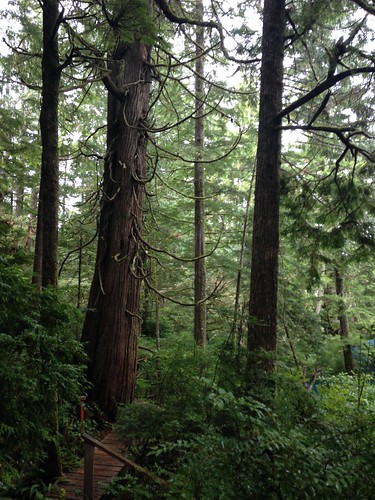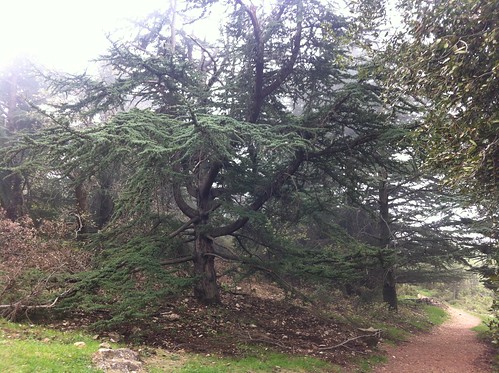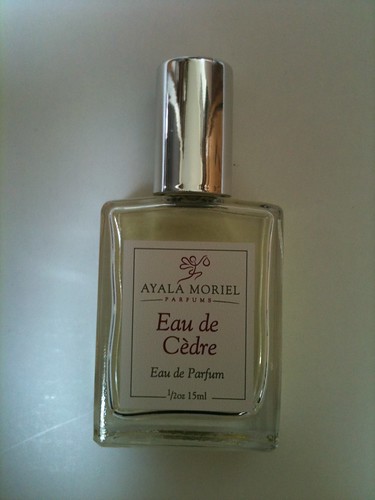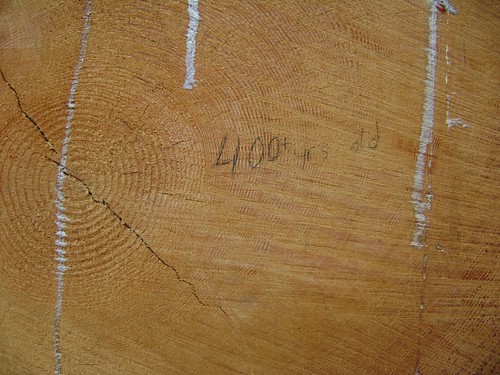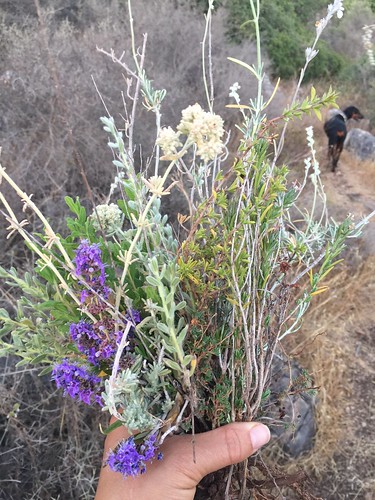
The last two weeks I've delved right into exploring the medicinal wild plants that grow around here. For a short time I had a herbalist to show and share with me some of this wealth of plant wisdom. Now that this guide is gone, I'm lead only by the pleasantly infectious inspiration. There is an overwhelming abundance that is going to provide me with a lifetime of learning. I've been hiking in the surrounding areas and conservatively collecting branches for slips and re-planting in my little herbal garden. This of course will is part of the Perfumer's Botanical Garden I'm establishing around the studio.
I'm showing you the early beginning, although they look quite unimpressive on camera. In person they have the charm of new beginnings as well as virgin strip of land and stony terrain and distant view of the Mediterranean; I am also delighted by the gentle healing energy that emanates from the plants for those who connect to these types of being. And for those who find it more difficult to connect to plants that way - the scents that each provide speak for themselves. Even a little stroke on each plant will give off the scent and you can mix and match to create your own "finger perfume".
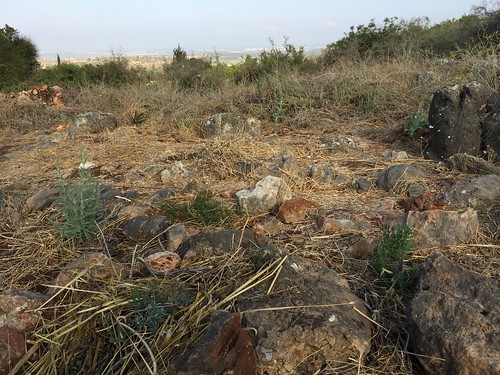
From the wild, I've adopted some amazing plants - both old and new to me, that grow on the mountain behind my house. So all in all, my botanical collection is rapidly growing - even beyond the original wishlist I've created. And I'm rather happy with it.
From my slip foraging, I managed to keep alive a couple of types of germanders - Cretan germander (
Teucrium creticum), which looks a lot like rosemary but smells completely different - more like olive leaf, actually, and likewise has an intensely bitter taste; and cat-thyme germander (
Teucrium capitatum), which has a sweet, almost resinous fragrant silvery foliage. The latter is highly medicinal and rivals only the local wild sage (
Salvia fruticosa), more of the Savory of Crete (Satureja thymbra) and a similar plant, with an almost identical flavour and fragrance that has flowers with a structure similar to Lavandula dentata, which is called Spiked Savoury (
Thymbra spicata). It would be difficult to find information online in English on many of these plants because they are unique to Israel. I've also adopted some cistus plants, although they are not the Cistus ladaniferus I am seeking but two other local species that are not as resinous, yet somewhat fragrant depending on the season. And I am crossing my fingers that two seedlings of bay laurel (
Laurus nobilis) that my herbalist guide carefully uprooted from the wadi (dry creek) floor, will also survive and make it to the miniature forest I want to create behind the perfume studio. And most immortally - I am hoping that the two little twigs of Israeli Thyme (
Coridothymus capitatus) that we found on the rocky North beach will grow up some roots and flourish. They are quite rare site here inland, and in fact a protected species. They have a striking look when they get mature and an intense yet slightly floral aroma that I love. It truly deserves a post of its own, with photos and all. Along with
Origanum syriacum (also grown in my garden), the other varieties of thyme and savoury I mentioned before, some sumac and sesame seeds it forms the spice mixture called "Za'atar" that some of you may be familiar with from Lebanese grocery stores and Middle Eastern restaurants.
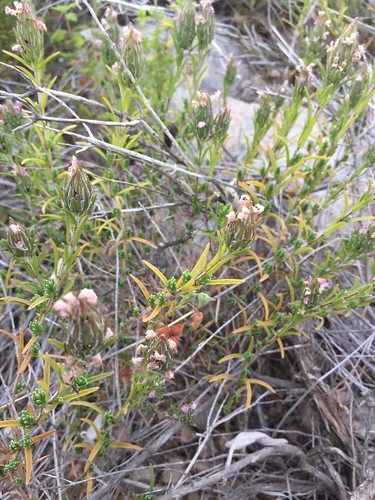
Naturally growing wild in my garden is also white horehound (
Marrubium vulgare), a highly medicinal plant that grows in astounding abundance, several mastic bushes and probably more plants that I did not know were medicinal but will find out later. There are also still two plants that I found on the mountain to make slips that I haven't identified yet, so the search is not over. Lastly, I scattered seeds of blood helicrysum, a local wild plant (Helichrysum sanguinum) which I also hope will come out next winter. By that time I hope I will forget about it altogether so it will just be a pleasant surprise...
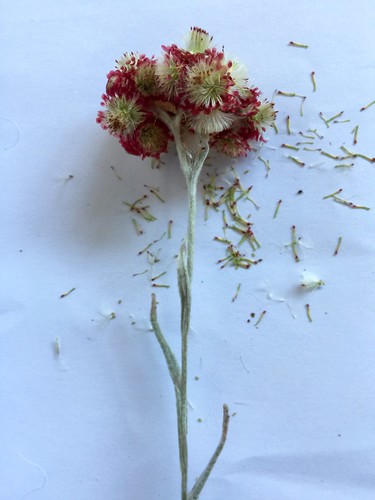
Lastly, to be fair and square, I promised to tell you which plants I put in from the nursery (the ones my brother brought me), so that you know if you guessed it right. They were several types of lavender (mountain Savory of Crete (Satureja thymbra), several types of lavender (Lavandula pinnate, L. dentate, L. angustifolia) and - to my utmost excitement - immortelle (Helicrysum italicum), often called "curry plant".

Also you should know, that among those who participated in this context, we got two worthy winners who will receive a sample kit of all my herbaceous fragrances, are Ruby Clover and Melissa Menard. The kit includes
ArbitRary for the basil,
Ayalitta for the sage,
Immortelle l'Amour for the immortelle of course,
l'Herbe Rouge for the lemongrass, hay and lavender and
Lovender - which is quite obvious. I've also included a sniff-peak of Inbar, my new, wild-oregano infused amber concoction which is not even for sale quite yet :-)
Putting together the kits made me also realize how little attention I've been giving the herbaceous notes.
